We are staying for 2 days in this beautiful village that is near the harbor of the ancient city of Assos. We stayed in a hotel by the sea and were surrounded by little shops and restaurants that I hope to explore tomorrow. On the mountain above the harbor was the ancient city of Assos, and we explored this city and the surrounding area today.
Our first stop of the day was at the Sminthian Apollo Temple near Assos. It was built around the 1st Century BCE, and is connected to Chrseis, the daughter of a priest of Apollo who was captured by Agamemnon during the Trojan War. The priest asked Apollo to make the Ionians suffer, and he showered a plague upon them until Agamemnon gave her back, taking Achilles’ Briseis in her place and causing one of the great arguments known to man. Temples served as houses to the gods, so the average person did not get to go in to the temple for prayer and sacrifice as is seen in movies. To our left of the entrance the stairs were new, reconstructed stairs of marble. However, most of the temple would have been made of the local andaza granite, including the podiums and underneath. Marble from around Asia Minor was used for upperlevel facing. The columns were also reconstructed, and a bird’s nest sat on top of it with several bird families in it. The site stretched for a large amount of land, with walls and an arch seen.
We next went to an old granite quarry with several unfinished columns lying around. The sight from some of those tops of rock was gorgeous and break-taking, seeing houses and towns small as bugs in the distance. It was nice to see a bit of what the workers would have seen and to look at where they dug and what they worked on. It would have been a heck of a trip to move it to the harbor at Alexandria Trois.
Alexandria Troas was built by Alexander the Great and later his general Antigonos. It stretched for acres and acres to the coast, and had baths and 1 full arch seen at our first stop. Granite was moved from quarries, often worked into columns. Those that did not survive were left where they lay, including some at the harbor we later went to. Every classical city had a bath, as it was a part of the plan drawn out by Roman architects. The city also would have had an amphitheatre or theatre. The amphitheatre was round or oval for sports and gladiators competitions like the Coliseum. A theatre is half of a circle where music is played and plays acted out.
The Stadium is now a huge field that stretches for 130 meters with seats on the left and right that are now covered with trees. There was once a spina (line down the stadium) and an obelisk in the middle of the stadium. How sites are slowly retaken by nature has always fascinated me – humans like to believe that we are the ultimate species that will never be forgotten due to our large buildings and massive creations, but the Romans who built that theatre also thought the same thing, and look at it now. We are so small and insignificant in the grand scheme of things, and yet we also have the ability to create and destroy this world.
An odeon served as a parliamentary building on the weekdays and as a theatre on weekends in the Roman world. The Odeon’s 5 entrances go from west to east. It was a very well preserved site covered in poppies, and I loved the tunnel we got to go into and where our guide found a bit of jawbone in the rocks.
The old Harbor of Alexandria Troas was a salt lake that was manually connected to the sea to become a breakwater, but it has silted up again in the past 1,400 years. This is where the granite columns from the area were shipped out, with some left along the way there and at the harbor if they broke. It was small but beautiful in my opinion, and I loved being able to comb these beaches nearby and watch it break on the shore, imagining what it must have been like to sail out of the harbor into it hundreds of years ago.
The ancient part of Assos is high above where we stayed while there. It has a replica of its temple to Athena, which was a mix of Doric and Ionic, which I found to be very unique because it showed how connected and yet independent each Greek city-state was to each other. The different buildings on the site would have been great to go in, but I don’t know about the structural integrity of each, so climbing into them may have been a bad thing to do anyway. The view up there as we wandered around the different ruins of the city was spectacular. I have never seen so blue of a sea, but the wind up there almost took my hat, so I was glad to climb back down. The climb down was not very long and rather calming. It must have been something to climb down that hill to the harbor every day in order to fish or to set sail to trade, and knowing that we were looking at Lesbos was a deep connection to me because I am an Ally to the LGBT community at Penn State.
Fact of the Day:
There are three different types of columns used by the Greeks for buildings:
Ionic (scroll at the end);
Doric (simple, wide, no base);
and Corinthian (floral, later in history, loved by the Romans).
Location: Assos, Turkey
Loading map...



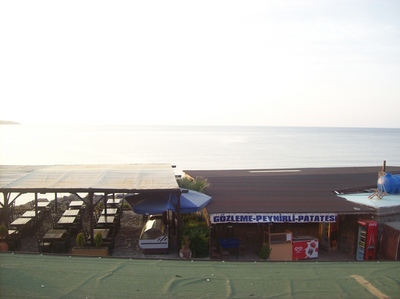
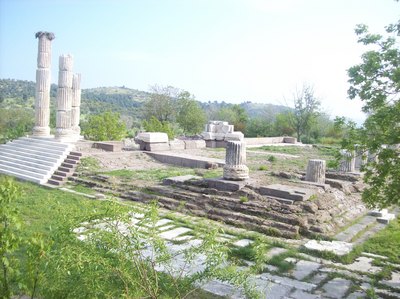
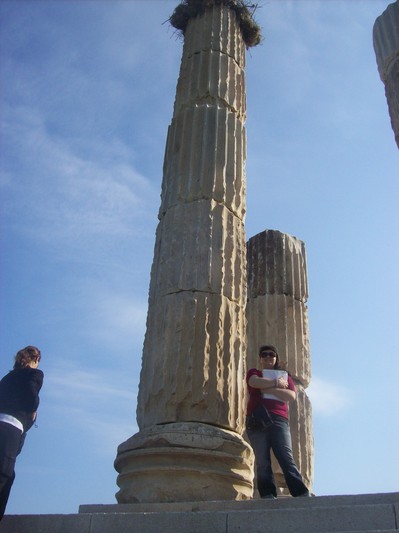
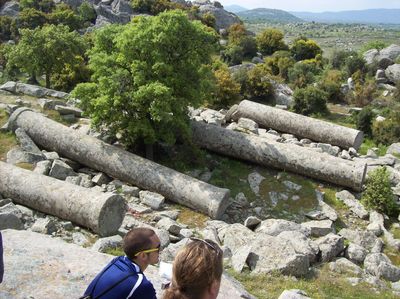
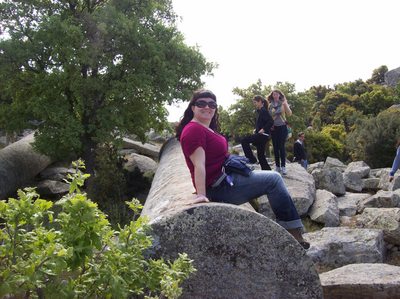
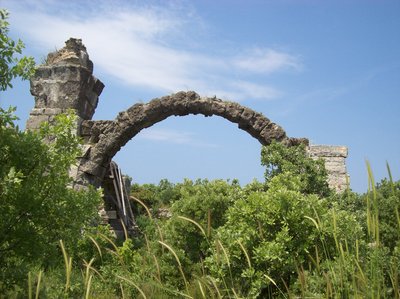
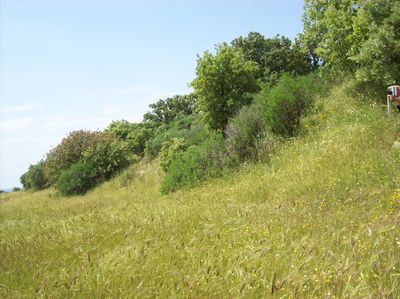
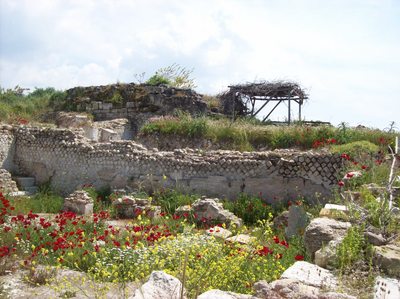
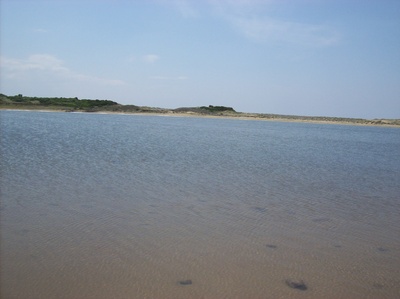
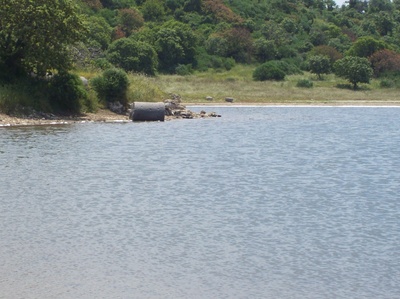
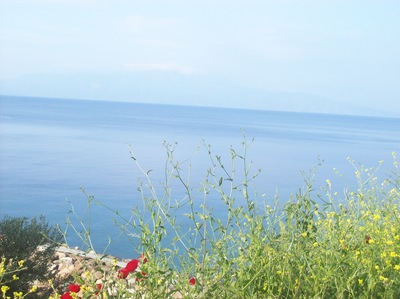
Wow. You have some amazing pictures on your blog. Looks like you had a great time in Turkey! Sucks for the guy who did not make the most of it. Funny, my friend is actually going back to Turkey tomorrow! Haha. Wish I could go!